Stay Ahead of the Curve
Latest AI news, expert analysis, bold opinions, and key trends — delivered to your inbox.
Uber still dragging its feet on algorithmic transparency, Dutch court finds
7 min read A Dutch court has ruled that Uber must improve its algorithmic transparency by providing two drivers with additional information regarding the algorithms responsible for their account terminations October 06, 2023 06:39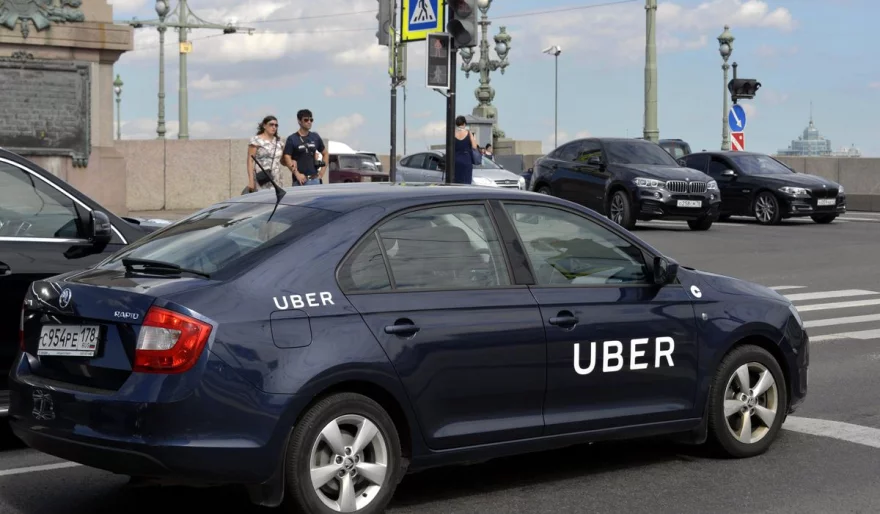
A Dutch court has found that Uber is still dragging its feet on algorithmic transparency. The court ruled that Uber must provide two drivers with more information about the algorithms that were used to terminate their accounts.
The two drivers were fired by Uber in 2021 after the company's algorithms flagged their accounts for suspicious activity. The drivers challenged their terminations, arguing that they were unfair because they did not know what the algorithms were looking for or how they worked.
The court ruled in favor of the drivers, finding that Uber has a duty to provide them with more information about the algorithms that were used to terminate their accounts. The court said that the drivers need this information in order to challenge their terminations and to ensure that they were treated fairly.
Uber has said that it is disappointed with the court's ruling and that it is considering appealing. The company has also defended its use of algorithms, saying that they are necessary to protect its drivers and riders.
However, critics of Uber say that the company's algorithms are opaque and that they can lead to unfair terminations. They also say that Uber is reluctant to provide more information about its algorithms because it is afraid that it will expose trade secrets.
Why is algorithmic transparency important?
Algorithmic transparency is important because algorithms are increasingly being used to make important decisions about people's lives. For example, algorithms are used to decide who gets hired, who gets approved for a loan, and who gets bail.
When algorithms are used to make these decisions, it is important for people to know how the algorithms work and what data is being used to train them. This is because algorithms can be biased and can lead to unfair decisions.
What can be done to improve algorithmic transparency?
There are a number of things that can be done to improve algorithmic transparency. One thing is to require companies to disclose more information about how their algorithms work. This could include disclosing the data that is used to train the algorithms and the criteria that the algorithms use to make decisions.
Another thing that can be done is to develop tools that allow people to inspect and audit algorithms. This would allow people to see how the algorithms are making decisions and to identify any potential biases.
Finally, it is important to educate people about algorithms and how they work. This would help people to understand how algorithms can be used to make decisions about their lives and to protect themselves from potential harms.
Conclusion
The Dutch court's ruling is a significant victory for transparency advocates. It is also a warning to other companies that use algorithms to make important decisions about people's lives. These companies need to be transparent about how their algorithms work and they need to provide people with the information they need to challenge their decisions.
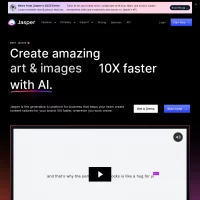
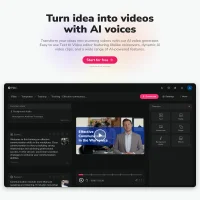
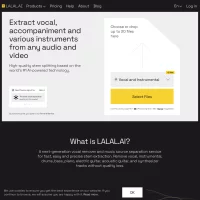
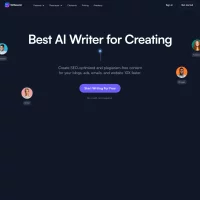
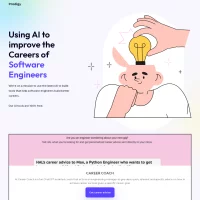




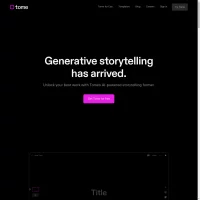



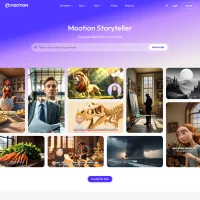
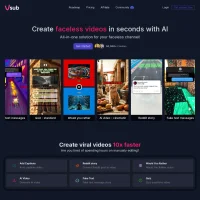




 AI Agents
AI Agents